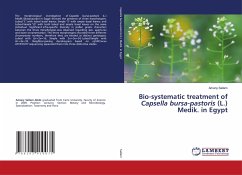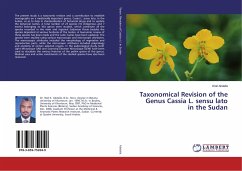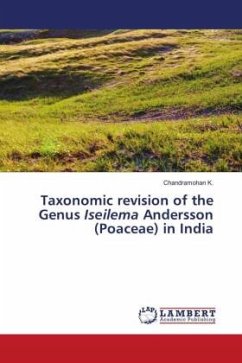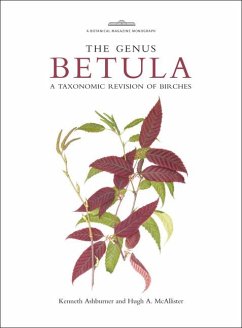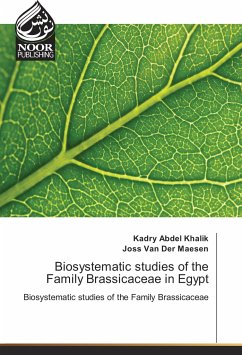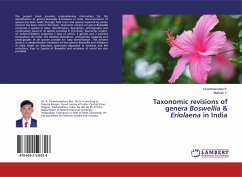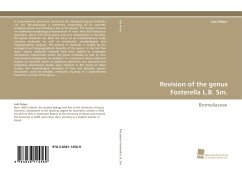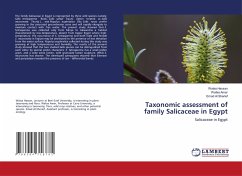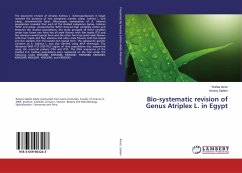
Bio-systematic revision of Genus Atriplex L. in Egypt
Versandkostenfrei!
Versandfertig in 6-10 Tagen
42,99 €
inkl. MwSt.

PAYBACK Punkte
21 °P sammeln!
The taxonomic revision of Atriplex halimus L. (Chenopodiaceae) in Egypt revealed the presence of two subspecies namely: subsp. halimus L. and subsp. schweinfurthii Boiss. Microscopic examination of A. halimus populations revealed that each of the studied subspecies (subsp. halimus "AHH" and subsp. schweinfurthii "AHS") showed high variability within and between the studied populations, this study grouped all these variables under two forms one form has all male flowers with five tepals (T5) and five stamens named typical form and the other form has some male flowers with four tepals and four s...
The taxonomic revision of Atriplex halimus L. (Chenopodiaceae) in Egypt revealed the presence of two subspecies namely: subsp. halimus L. and subsp. schweinfurthii Boiss. Microscopic examination of A. halimus populations revealed that each of the studied subspecies (subsp. halimus "AHH" and subsp. schweinfurthii "AHS") showed high variability within and between the studied populations, this study grouped all these variables under two forms one form has all male flowers with five tepals (T5) and five stamens named typical form and the other form has some male flowers with four tepals and four stamens and other male flowers with five tepals and five stamens (T4+T5) named non typical form. The subspecific genetic variation of A. halimus L. was also clarified using AFLP technique. The ribosomal DNA ITS1-5.8S-ITS2 region of nine populations was sequenced using the universal primers ITS4 and ITS5. The DNA sequences of the studied 9 A. halimus populations were registered on the ncbi under the following codes KR052085, KR052086, KR052087, KR052088, KR052089, KR052090, KR052091, KR052092, and KR052093.



